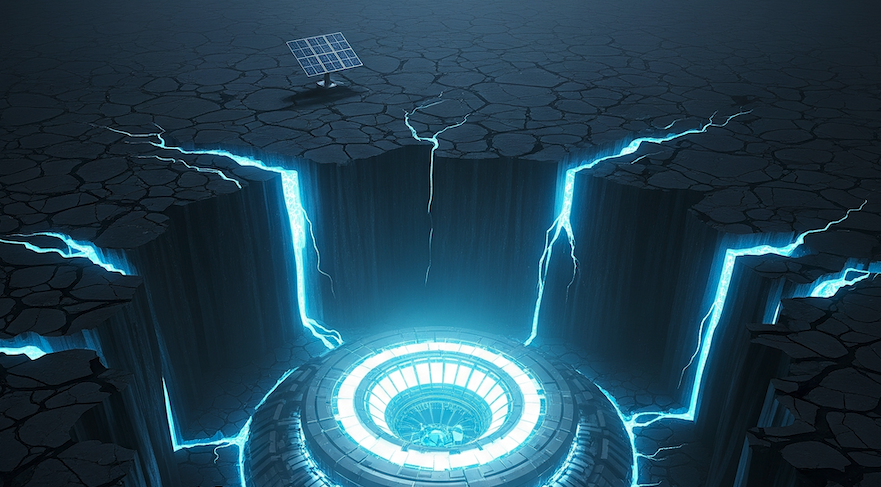What follows is not a sober policy proposal. It is a thought experiment, a flight of fancy designed to shatter the narrow confines of the current energy debate. The public discourse pits solar against fossil fuels as if it were a schoolyard argument, while the real game of power operates on a level of complexity that is rarely, if ever, discussed. This article is a wild, speculative attempt to outline a more complete, if fantastical, doctrine for energy strategy across three domains: strategic deception, tactical resilience, and celestial dominance. None of this is to be taken too seriously.
The Terrestrial Battlefield: The Art of Strategic Deception
The first principle of this doctrine is that a nation’s true energy capacity should be its most closely guarded secret. The ancient military strategist Sun Tzu taught that all warfare is based on deception. Publicly available data on energy production is, in this light, a strategic blunder—it’s like handing your enemy the schematics to your fortress. A wiser, if more paranoid, approach would be to reveal only what a sophisticated AI predicts is the bare minimum necessary to project stability, while concealing the true depth of your power. The real strength lies in the undisclosed—the unexpected and the unseen.
The Deception Layer: Power Beneath the Surface
The ultimate expression of strategic energy deception lies in moving critical infrastructure where it cannot be seen or targeted: underground. To be truly secure, a nation must possess power generation that is impervious to satellite surveillance, drone attacks, and bunker-busting bombs. The most practical technologies for this are nuclear and geothermal. All forms of nuclear reactors, from today’s fission plants to tomorrow’s fusion concepts, can be housed in deep, hardened subterranean bunkers. Geothermal energy, which taps the planet’s own internal heat, is perhaps even more elegant. With a minimal surface footprint, these plants provide constant, 24/7 power, regardless of weather, time of day, or what’s happening on the surface. By creating a distributed network of hidden geothermal and nuclear sites, a nation could build an invisible power base, with energy transmitted via hardened, buried, or even laser-based systems to ensure a second-strike capability and industrial survival.
The Solar Paradox and Strategic Response
On the surface, solar infrastructure is a paradox. In a conflict, sprawling solar farms are a liability—fragile, indefensible, and far more costly to rebuild than the munitions needed to destroy them. If you were Ukraine, fields of glass panels would be an illogical investment. Furthermore, we must consider scenarios beyond conventional warfare. A massive earthquake, a super-volcano eruption like Yellowstone that blacks out the sky with ash, or a meteor strike would render solar power useless. There are even whispers of weather manipulation technologies that could blot out the sun over a target area—a potentially cheaper tactic than building a massive solar infrastructure in the first place.
This is where the strategic value of natural gas becomes clear. It’s not about powering a peaceful nation; it’s about tactical response in a crisis. The ability to quickly spin up natural gas turbines provides the immediate power needed to launch a counter-attack, power essential services after a natural disaster, or simply keep the lights on in a command bunker when the sun has disappeared.
(more…)





